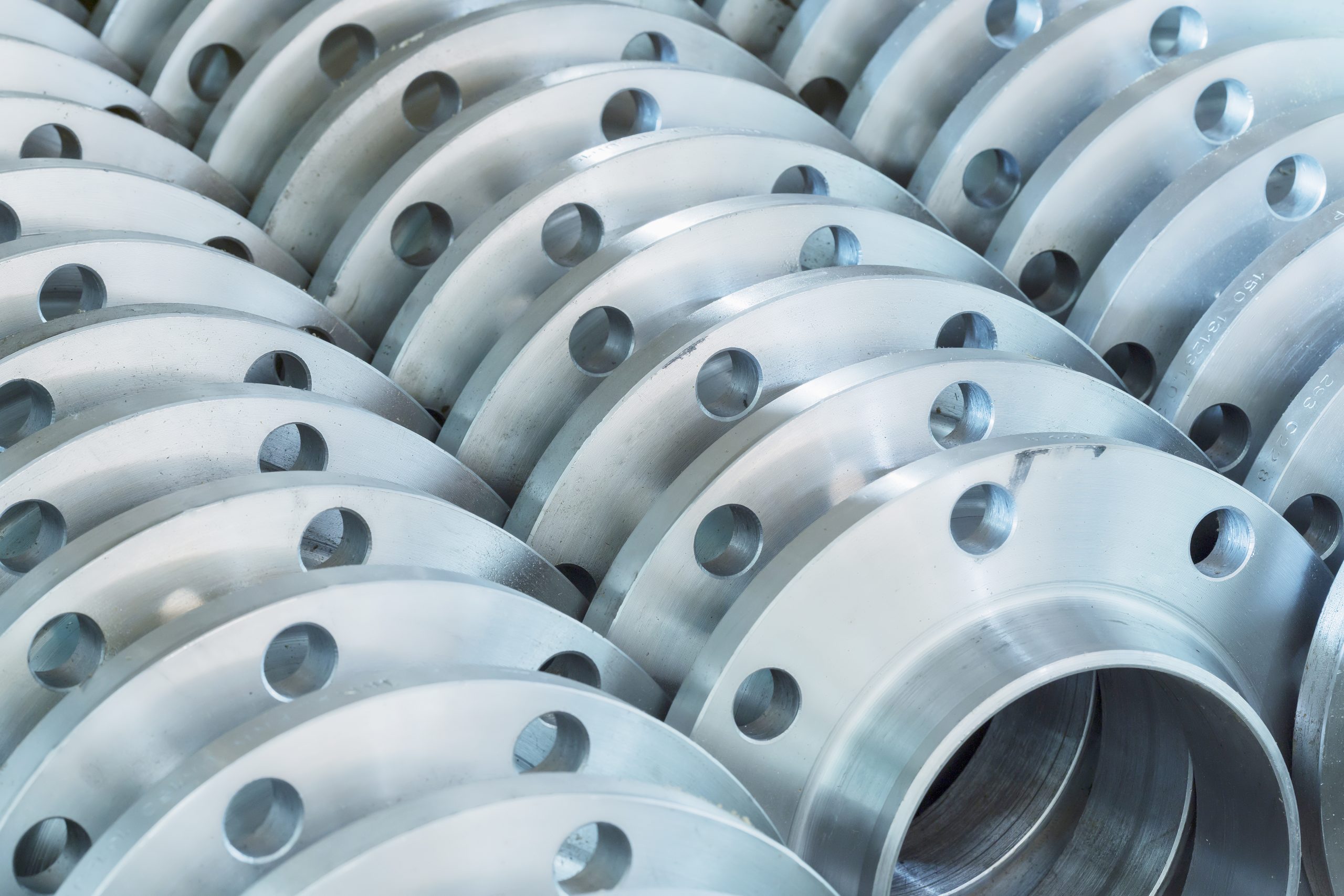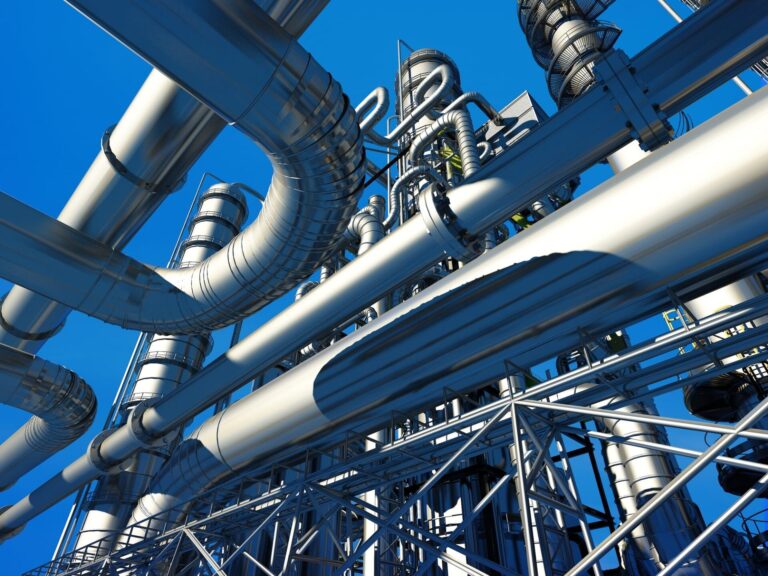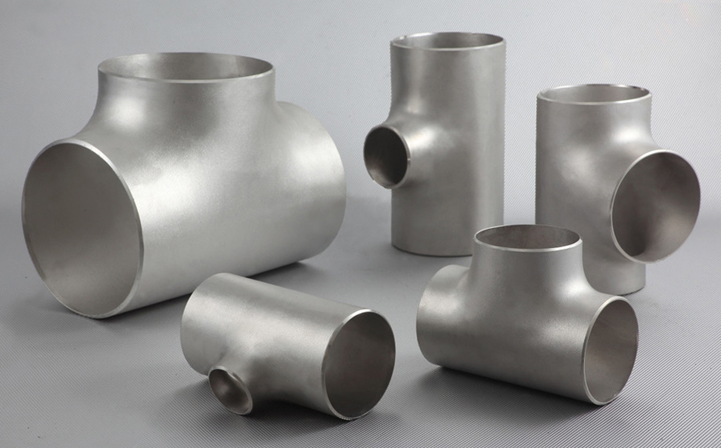Flange standard classification
Flange standard classification
DIN
German standard flanges are the most commonly used flanges in Europe.
They are characterized by a wide variety of flange types, complete models, high degree of size standardization, and wide coverage.
DIN flanges can be divided into three series: PL, PN, and C (C series is not commonly used), with different pressure ratings and sealing surface forms.
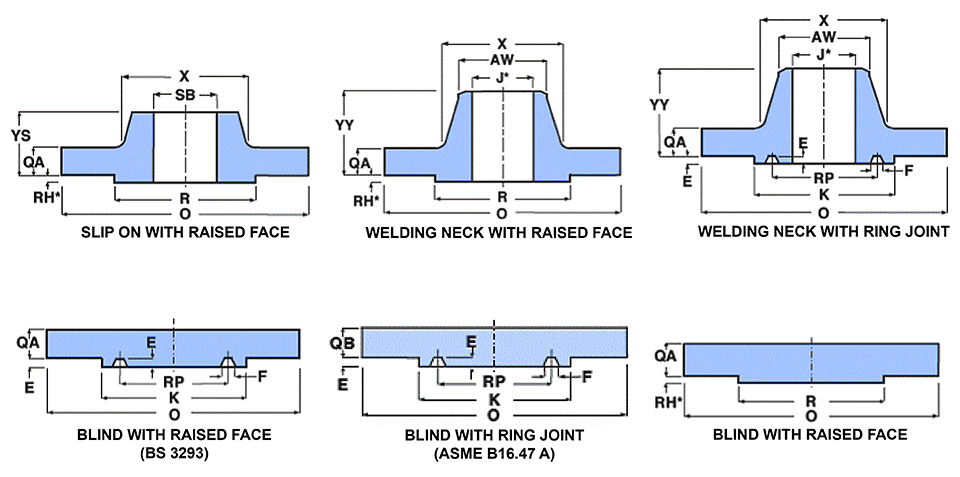
EN
European standard flange is a set of flange standards formulated by the European Product Standardization Committee.
Its characteristics are that there are many flange models, which meet the needs of the European market and have high pressure resistance.
EN flanges are mainly used in the fields of power, chemical, petrochemical, liquefied natural gas, etc.
ANSI
The American standard flange is a flange standard widely used in the United States and Canada.
Its characteristics are good compatibility, high pressure resistance, and easy replacement of spare parts. ANSI flanges have three levels: Class 150, Class 300 and Class 600.
The connection between the flange and the pipe is bolted, and the sealing surface is generally flat or convex.
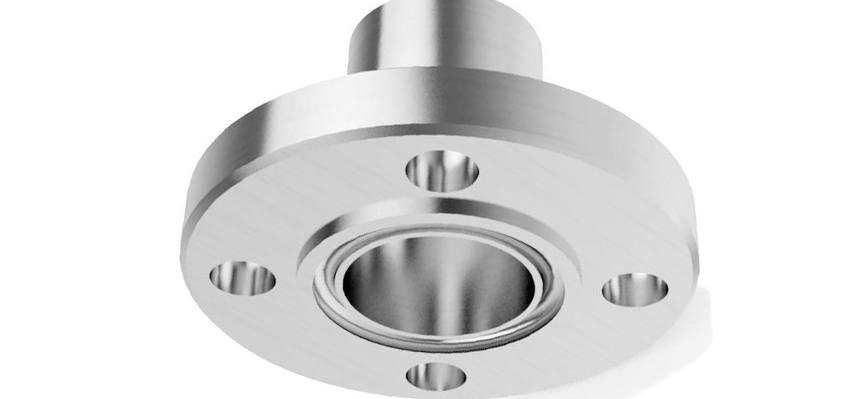
BS
British standard flange is a flange standard widely used in the UK.
Its characteristics are that there are many flange models, a wide range of dimensional tolerances, and high pressure resistance.
BS flanges can be divided into different grades according to pressure levels, such as PN2.5, PN6, PN10, PN16, PN25, PN40 and PN64.
Information about standard flanges
The following table lists the models, sizes, parameters, specifications and other related information of standard flanges in different countries/regions for readers to compare and understand:
| Flange Standard | Model | Size (DN) | Pressure Rating | Sealing Surface | Applicable Range |
|---|---|---|---|---|---|
| DIN Flange | PN6-PN100 | DN10-DN1000 | 0.25 MPa – 10 MPa | Flat, Raised Face, Double Raised Face | Pipeline systems, engineering, shipbuilding, etc. |
| EN Flange | PN6-PN100 | DN10-DN4000 | 0.25 MPa – 42 MPa | Flat, Raised Face, Double Raised Face, Grooved | Chemical, petroleum, natural gas, power, paper, etc. |
| ANSI Flange | Class 150-Class 2500 | 1/2″ – 48″ (DN15-DN1200) | 0.1 MPa – 42 MPa | Flat, Raised Face | Petrochemical, refining, natural gas, gas, etc. |
| BS Flange | PN6-PN64 (Class 150-Class 1500) | DN15-DN2000 (1/2″ – 80″) | 0.25 MPa – 42 MPa | Flat, Raised Face, Double Raised Face | Construction, petrochemical, energy, water treatment, etc. |
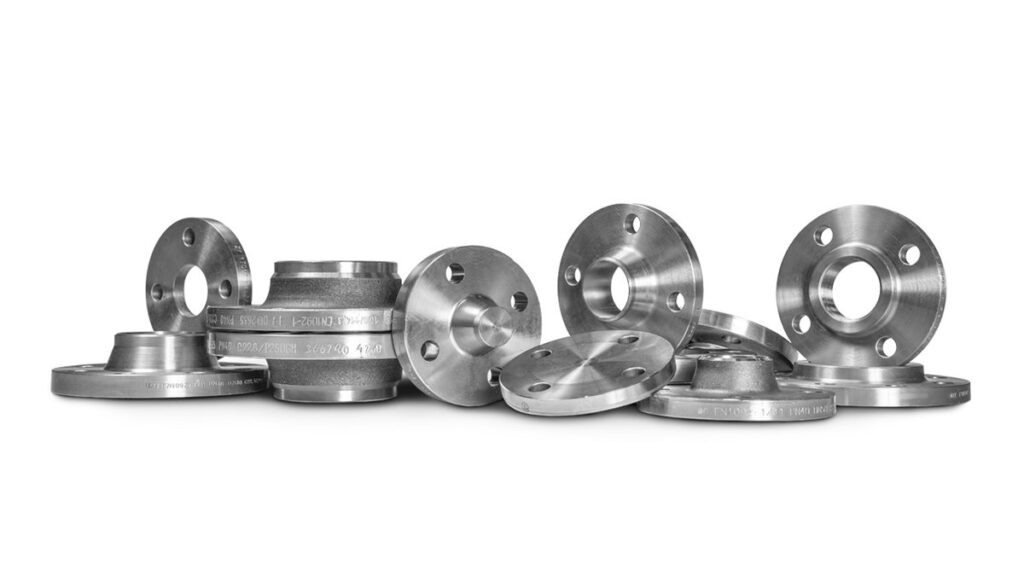
Summarize
Through the introduction of this article, we can understand the classification and characteristics of flange standards in different countries/regions.
In addition, by listing the relevant information of standard flanges in different countries/regions in a table, we can more intuitively understand the parameters, specifications and other information of each standard flange.
When using flanges, choosing the appropriate standard according to actual needs is an important part of ensuring the use effect.

